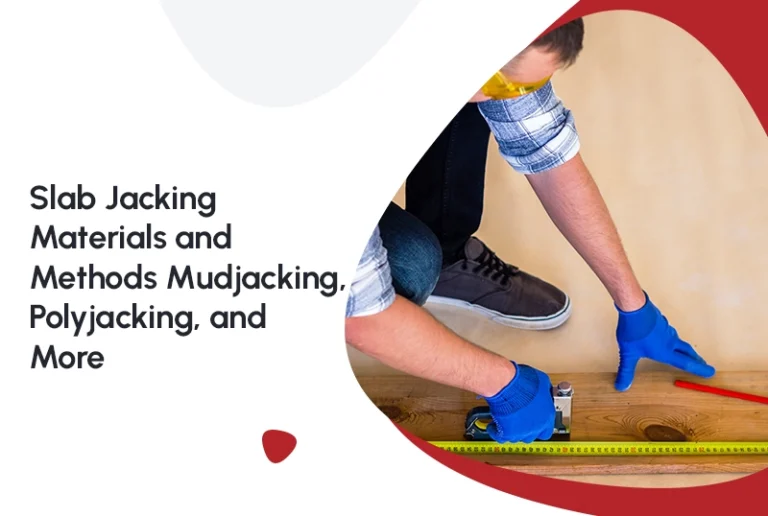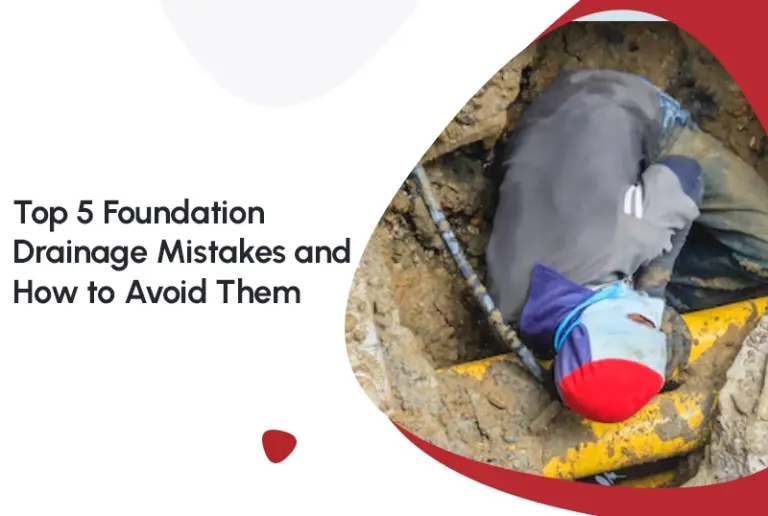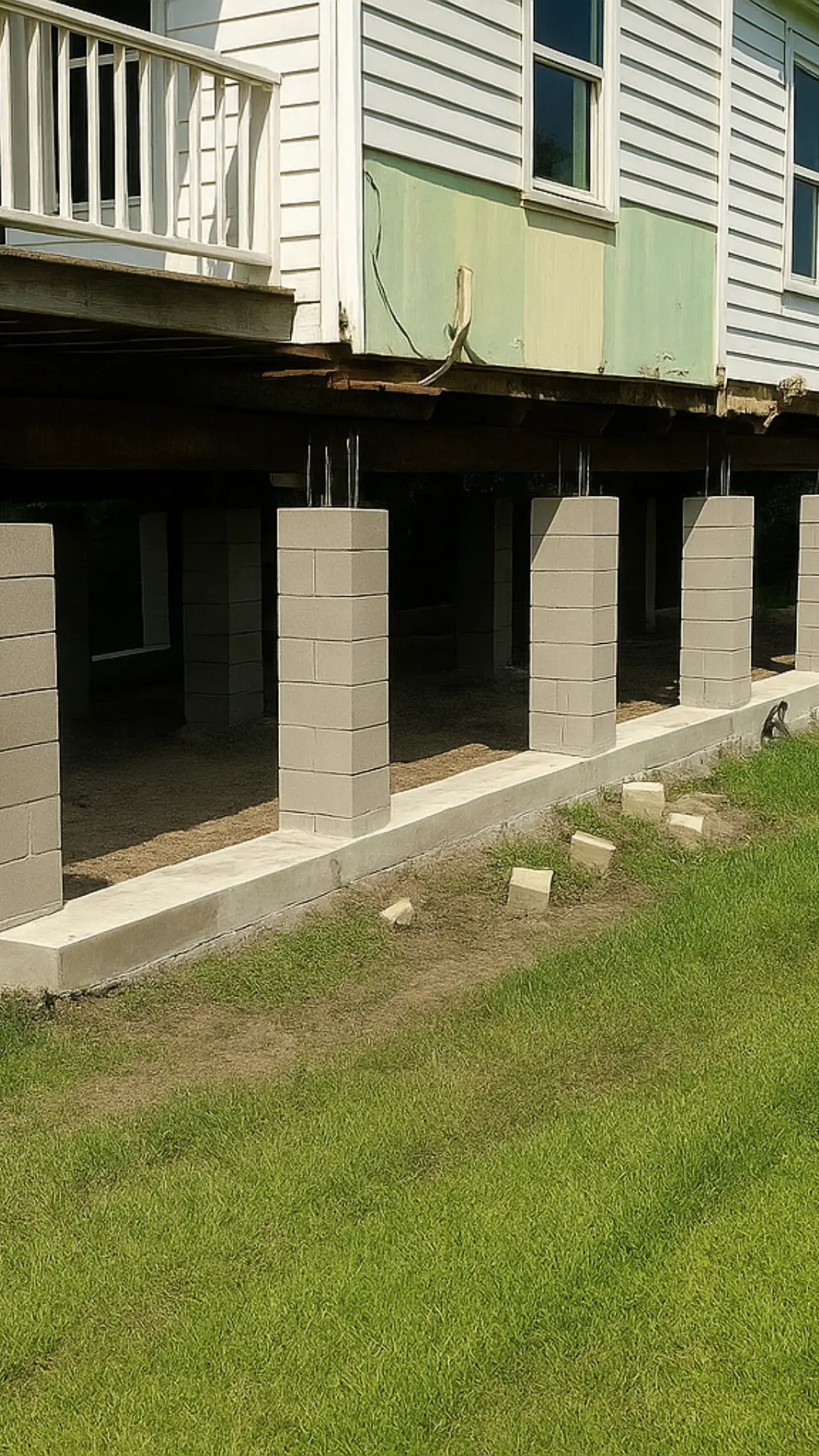Step-by-Step Guide to Lifting Concrete Stairs with Foam
Concrete stairs are a vital part of many homes and commercial buildings, providing durability and stability. However, over time, they can sink or become uneven due to soil erosion or shifting. This not only affects the aesthetics of your property but also poses safety risks. Fortunately, lifting concrete stairs with foam is a cost-effective and efficient solution. In this guide, we’ll walk you through the process step-by-step, ensuring you can tackle this task with confidence.
Why Choose Foam Lifting for Concrete Stairs?
Before diving into the process, it’s important to understand why foam lifting is an excellent choice for leveling concrete stairs. Foam lifting, also known as polyurethane foam injection, is a modern alternative to traditional mudjacking. It involves injecting a high-density foam beneath the concrete slab, which expands and raises the slab back to its original position.
Foam lifting is beneficial because it is minimally invasive, quick to cure, and provides a permanent solution. The lightweight nature of the foam also ensures that it won’t add excessive weight to the soil, reducing the chances of future settlement.
Gathering Your Tools and Materials
Before you begin, it’s essential to have all the necessary tools and materials ready. Here’s what you’ll need:
– Safety gear (gloves, goggles, and a mask)
– Polyurethane foam kit
– Drill with masonry bits
– Injection gun
– Measuring tape
– Level
– Cleaning supplies (broom and dustpan)
Having everything prepared will make the process smoother and help you avoid unnecessary delays.
Preparing the Work Area
Start by clearing the area around your concrete stairs. Remove any debris, dirt, or vegetation that might obstruct your work. Use a broom to sweep the stairs clean, ensuring the surface is free from dust and loose particles.
Next, use a measuring tape and level to assess the amount of settlement. This will give you a clear idea of how much lifting is required. Mark the areas where the foam will be injected, usually at the lowest points of the stairs.
Drilling the Injection Holes
With your drill and masonry bit, carefully drill holes into the designated areas of the stairs. The holes should be approximately 5/8-inch in diameter and spaced about 2 feet apart. Be sure to drill through the concrete without damaging the underlying soil.
Once the holes are drilled, clean any dust or debris from them to ensure a clear path for the foam injection.
Injecting the Foam
It’s time for the star of the show – the polyurethane foam. Attach the foam kit to the injection gun following the manufacturer’s instructions. Begin injecting the foam into the drilled holes, starting with the lowest point and working your way up.
Inject the foam slowly, allowing it to expand and lift the concrete gradually. Keep a close eye on the level of the stairs as you work. It’s crucial not to over-inject, as this can cause the stairs to rise too high.
Monitoring and Adjusting
After the foam has been injected, it’s important to monitor the stairs as the foam expands and cures. Use the level to check the evenness of the stairs frequently. If necessary, add more foam in small increments to achieve the desired height.
The foam typically cures within 15 to 30 minutes, but it’s advisable to wait a full 24 hours before putting any weight on the stairs to ensure a complete cure.
Finishing Touches
Once the foam has cured and the stairs are level, fill the injection holes with a suitable patching compound to restore the appearance of the stairs. Clean the surrounding area and dispose of any waste materials responsibly.
Pat yourself on the back – you’ve successfully lifted your concrete stairs with foam!
Conclusion
Lifting concrete stairs with foam is a practical and efficient solution for homeowners and businesses dealing with uneven steps. By following this step-by-step guide, you can restore your stairs’ safety and appearance with minimal hassle. Remember, the key to success is preparation, patience, and precision. Whether you’re a DIY enthusiast or hiring a professional, foam lifting offers a modern approach to an age-old problem.
FAQs
Q: How long does the foam lifting process take?
A: The actual injection process can be completed in a few hours, but it’s best to wait 24 hours for the foam to fully cure before using the stairs.
Q: Is foam lifting suitable for all types of soil?
A: Foam lifting is effective for most soil types, but extremely loose or saturated soil may require additional stabilization methods.
Q: Can I perform foam lifting on my own?
A: While it’s possible to DIY, hiring a professional can ensure precision and prevent potential errors, especially for larger projects.
Q: How long will the foam lifting last?
A: When done correctly, foam lifting provides a durable, long-lasting solution. The foam is resistant to water and decay, ensuring longevity.







